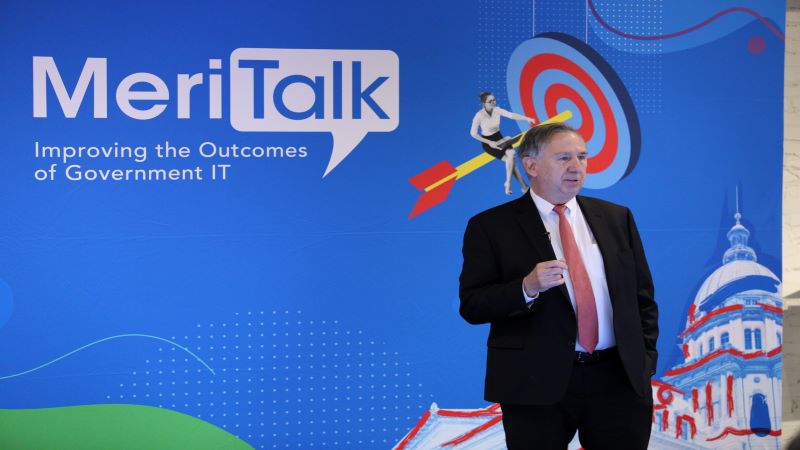
The Office of Personnel Management (OPM) is driving forward on one of the Biden administration’s key technology agenda items – citizen service improvement – by reworking the agency’s main OPM.gov website so it makes more sense to the several different populations who rely on it the most.
Speaking this week during an event organized by GovExec, OPM Chief Information Officer (CIO) Guy Cavallo framed the overhaul project as one that hews to the needs of the various “personas” that need to interact with the agency.
Because OPM’s mission covers a lot of ground – from getting hired by the government, to human resources management, and through retirement – the agency has several big customer constituent groups that care about different things the agency provides.
Cavallo – who is one of the Federal government’s most vocal proponents of moving to cloud technologies – said that OPM is now in the midst of a two-year “sprint” to cloud services and away from maintaining its own legacy data centers and mainframe operations, with the goal of moving “as many of our applications to the cloud as we can in the next two years.”
“There’s not just one area I can focus on modernizing,” said Cavallo. “We’re modernizing across the board.”
Since OPM touches most Federal employees – but in some very different ways – the CIO said that “a lot needs to be done to improve the customer experience … a lot of our legacy technologies weren’t designed around making a friendly customer experience.”
On the website revamp front, Cavallo explained that “most government agencies find that their top contact with citizens is through their website.” Speaking of OPM’s website, he said, “if you’re an OPM employee, you can navigate it because it’s designed the way a lot of sites were originally designed – by departmental functions. So, if you don’t know what each department does, you won’t even know where to go look for something.”
“We’re totally going to change that approach,” he said. “We’re going to switch to user personas instead of being departmental focused.”
“People come to OPM for several reasons,” he said. “One is they’re currently a Federal employee, and they want to find out about pay raises, vacation time, maternity leave, anything like that – that if you’re not a Federal employee you’re not going to care about. Right now, you’d have to go to multiple places on the website to find that. So we will have a persona that you’re a Federal employee, and it will take you on that path.”
“We have citizens that are interested in finding a Federal job, and we will walk them through a persona that takes them and focuses on that,” he said.
Another persona envisioned by the new website will deal with personnel policies for the entire Federal government, including things like changes in hiring practices, Cavallo said.
“That’s going to be a radical change from ‘here’s all of our program offices, you figure out what you need to look for,’” he said. “You’ll be able to pick what type of persona you have and follow that path.”
“It will also be designed to work on a mobile phone versus trying to read our 100-page documents on a little screen of a mobile phone today,” he said. “That’s just one area that we’re improving.”
Ever the cloud advocate, Cavallo said the website will move to the cloud from its current on-premise status where, he said, “we don’t have that elasticity, or expandability, on premise that we will have with the cloud.”
In other moves to improve citizen service, Cavallo said that OPM just launched its first chatbot to start making it easier for people to find information on the agency’s website.
“We have a very limited set of questions there, but we’re currently looking at our call centers and seeing what type of questions we’re getting from citizens and from retirees, so we’ll continue to build out that technology,” he said.
Cavallo said that amid the agency’s push to the cloud, “we’re also really looking at the customer experience that we’re providing, and not just move to the cloud, but let’s make it more user friendly, easier to use, mobile friendly – things that weren’t designed into our mainframe systems many years ago.”
